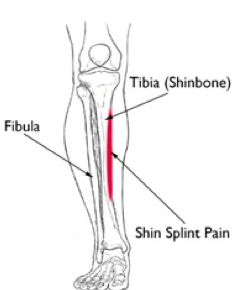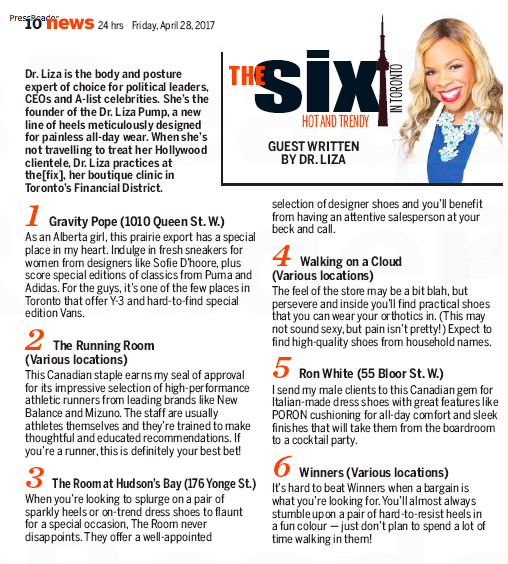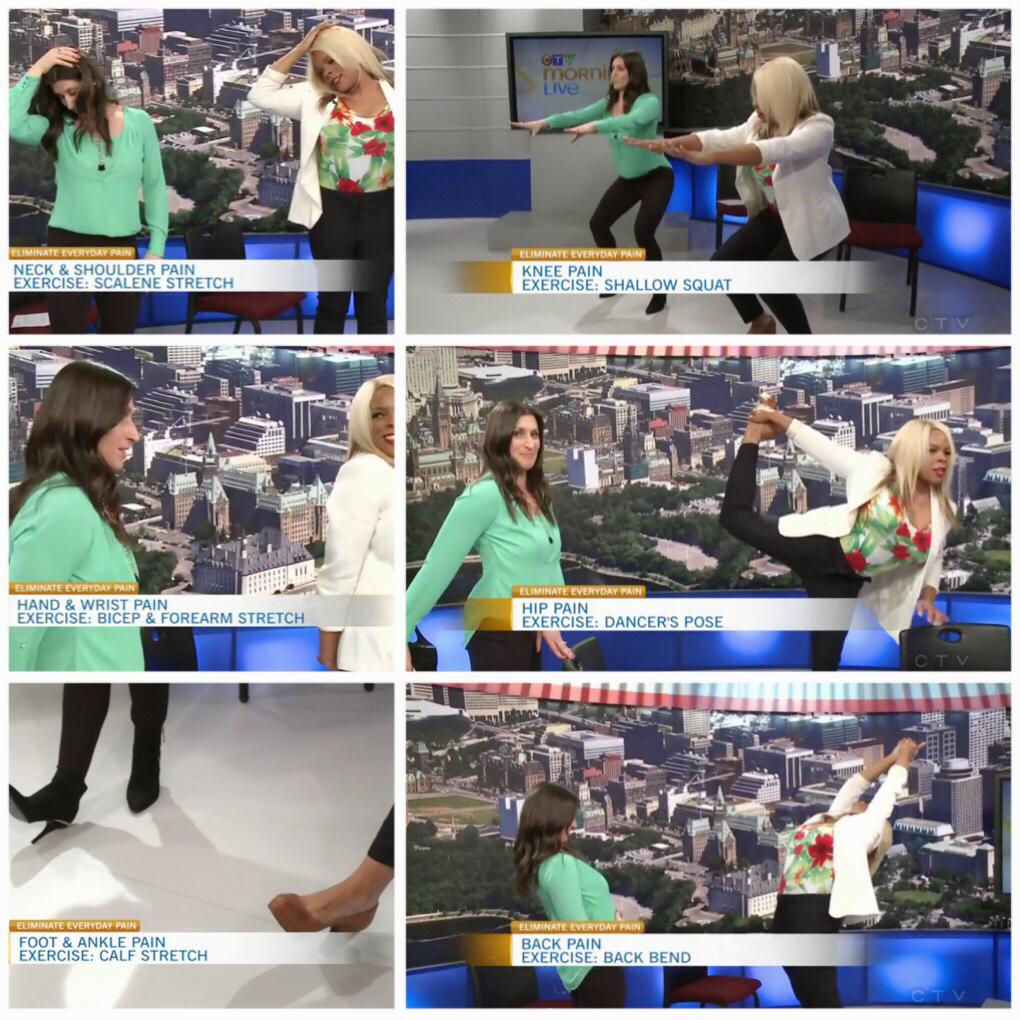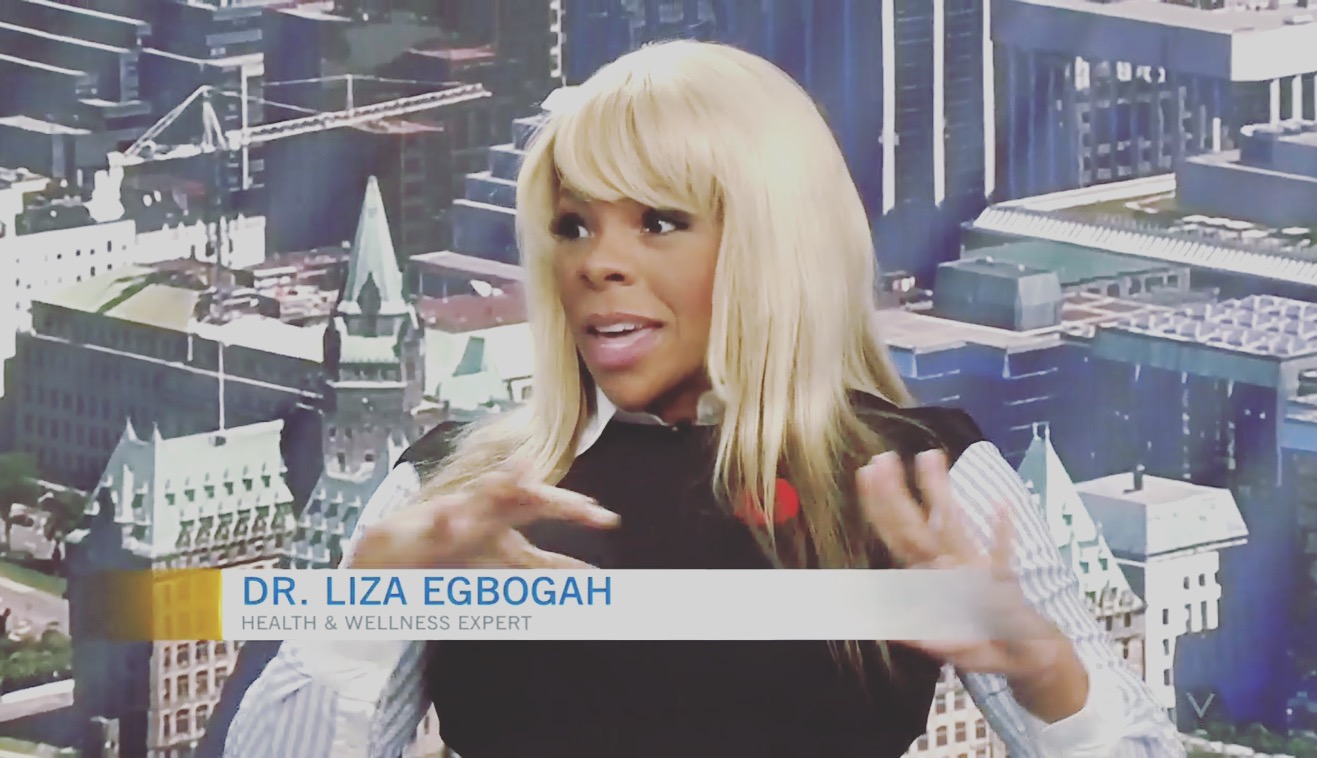Golf, baseball and tennis are very different sports with diverse game play structures. However, athletes across all three seem to share similar goals: they want to move the ball faster, harder and more accurately than their opponent. They also want to have high consistency for as many repetitions as possible. During each repetition, the athlete transfers force from their legs, through their torso and arm to impact the ball. The elbow acts as a pivot point where rotary torque is converted into linear acceleration to move the ball. High repetition combined with excessive force applied at the elbow makes it prone to injury. The most common elbow injuries in these athletes include Golfers Elbow (AKA Pitchers Elbow or medial epicondylitis), Tennis Elbow (AKA lateral epicondylitis) and nerve injuries involving the radial, median or ulnar nerves.
Golfer’s Elbow (AKA Pitchers Elbow or Medial Epicondylitis):
Golfers elbow is characterized by inflammation of the tendon that connects the forearm flexors and pronator muscles to the inside of the elbow. Many muscles share this common attachment site. Repeated, forceful loading of these muscles causes pain along the inside of the elbow accompanied by weakness in grip strength and wrist flexion. This injury is most common in golfers, throwing athletes, bowlers, archers, tennis players and weight lifters. Conditions that can mimic golfers elbow include cervical radiculopathy, little league elbow and ulnar collateral ligament (UCL) tears.
Little league elbow occurs in children with a similar mechanism of injury. However, since their growth centers are still open, repeated tugging on the attachment can cause a traction fracture. Little league elbow requires immediate medical attention to stabilize the elbow joint and to ensure proper bone development.
Ulnar collateral ligament (UCL) injuries are also very serious and require medical attention. The UCL supports the inside of the elbow and protects the elbow joint against load. Tommy John surgery is the procedure used to stabilize the elbow following a UCL tear.
Tennis elbow (AKA lateral epicondylitis):
Tennis elbow is characterized by the same symptoms, but it is located on the other side of the elbow joint. The extensor and supinator muscles of the forearm share a common tendon that attaches to the outside of the elbow. Overuse and repeated, forceful wrist extension causes inflammation and pain at the elbow. This condition can occur in any occupation that requires repeated wrist extension or prolonged gripping such as plumbers, carpenters and chefs. Tennis elbow is easily identified with palpation along the outside of the elbow and through muscle testing.
The treatment approach for both Golfers and Tennis elbow are almost identical except for where the therapy is applied. Warming up before activity will go a long in preventing these injuries. Start with slow, controlled repetitions and move towards full speed motions in a graded fashion. In acute situations, RICE principles (rest, ice, compression and elevation) and activity modification are important. Anti-inflammatory interventions such as applying ice, taking fish oil supplements and NSAID’s may be appropriate.
Physical therapy is an essential component of care. Treatment will focus on maintaining range of motion, improving strength, bracing the joint and reducing pain. This will include a combination of acupuncture, soft tissue massage, stretching, mobilization, taping and strengthening exercises.
Nerve Entrapment at the Elbow (medial, radial, ulnar):
The main nerves that supply your arms include the radial, ulnar and median nerves. As we move, the nerves are stretched and compressed as they travel through tight spaces. Each nerve can become irritated as specific locations around the elbow. The most common compression sites include:
1) Pronator Teres Syndrome: The median nerve is compressed by the pronator teres muscle located in the front of the forearm. This can cause forearm weakness and/or numbness in the thumb and first two fingers and weak grip strength. This condition can be confused with carpel tunnel syndrome if not properly assessed.
2) Cubital Tunnel Syndrome: The ulnar nerve is compressed within the cubital tunnel located behind the inside of the elbow. At the elbow, the ulnar nerve travels close to the skin and is not protected by bone. If an external force hits the nerve, it causes a shooting pain towards the arm known as hitting your “funny bone.” This condition can cause numbness or tingling into the 4th and 5th fingers, grip strength weakness and a claw hand deformity.
3) Supinator Syndrome: The radial nerve is commonly irritated as it passes underneath the supinator muscle in the back of the forearm. This condition causes weakness with wrist extension and numbness in the back of the hand.
The goals for treating peripheral nerve injuries includes maintaining a full range of motion, reducing inflammation, improving mobility of the nerve and reducing pain levels. Treatment includes RICE principles, activity modification, nerve flossing, soft tissue massage, acupuncture, mobilization, splints/taping and muscle strengthening.
The nerve injuries explained above are the most common around the elbow. This does not represent a comprehensive list of possible causes. If you experience any weakness, numbness or tingling in the arms you should have it properly assessed and treated to prevent further deterioration.
References:
Young CC. (2016). Medscape: Medial Epicondylitis. Updated on April 19th, 2016. Retrieved from: http://emedicine.medscape.com/article/97217-overview#a6 on May 8th, 2017.
AAOS. OrthoInfo: Tennis Elbow (Lateral Epicondylitis), American Academy of Orthopedic Surgeons (AAOS). Updated July 2015. Retrieved from: http://orthoinfo.aaos.org/topic.cfm?topic=a00068 on May 9th, 2017.
Neal, S. L., & Fields, K. B. (2010). Peripheral nerve entrapment and injury in the upper extremity. American family physician, 81(2).
![the[fix]](http://images.squarespace-cdn.com/content/v1/5494e530e4b039edeef75dff/1467052868801-4WDDECP8CV27LAFWPL65/the%5Bfix%5D+logo+TM.jpg?format=300w)





![Join us in the concourse atrium of Scotia Plaza [40 King St. W] to try the dr. Liza pump, get complimentary shoulder massages and score some delicious candy!](https://images.squarespace-cdn.com/content/v1/5494e530e4b039edeef75dff/1495246263866-DKOGHEBKQ8OKYZ7JXGFM/image-asset.jpeg)


























